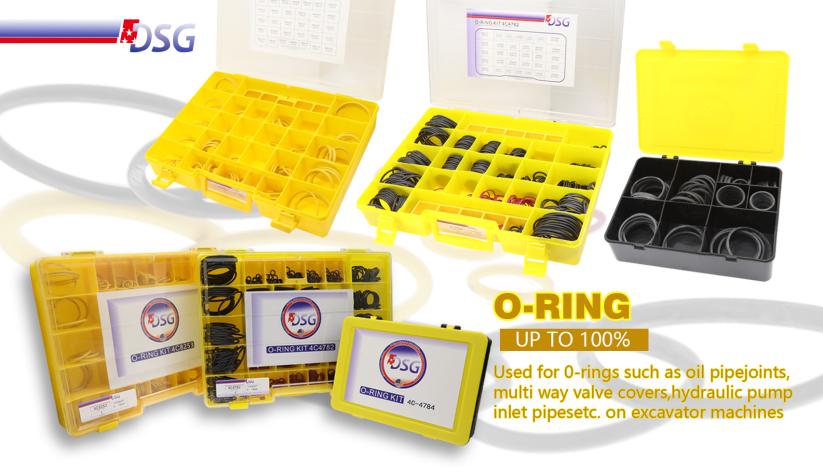
Although O-rings are small, they play an extremely important sealing role in the operation of construction machinery. Just like a loyal guardian silently guarding and ensuring the normal operation of the equipment. Once the O-ring wears out, it will affect the production efficiency and cause safety hazards. So how can we avoid the wear of O-rings?
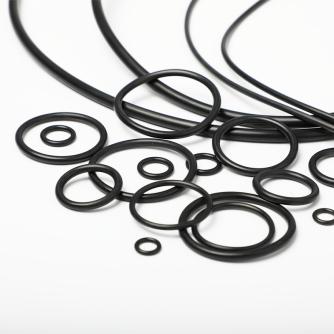
Temperature Adaptation
High temperatures (-20°C to 200°C): Use FKM (Fluorocarbon Rubber).
Low temperatures (-60°C to 225°C): Choose Silicone Rubber.
High-vacuum environments: Select Fluorosilicone Rubber.
Radiation exposure: Opt for HNBR (Hydrogenated Nitrile Rubber).
Chemical Resistance
NBR: Resists petroleum-based oils/lubricants but not strong acids/alkalis.
EPDM: Handles acids/alkalis effectively.
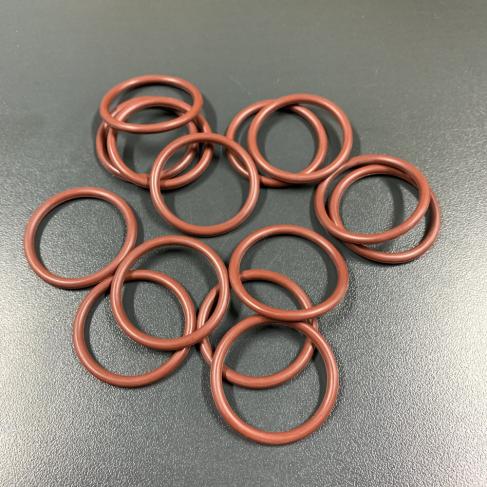
Surface Preparation
Ensure surfaces are smooth, burr-free, and without sharp edges.
Polish with sandpaper/files to achieve proper roughness.
Tool Selection
Small O-rings: Use dedicated installation sleeves.
Large O-rings: Employ mechanical aids.
Never: Use sharp tools (e.g., screwdrivers) for installation.
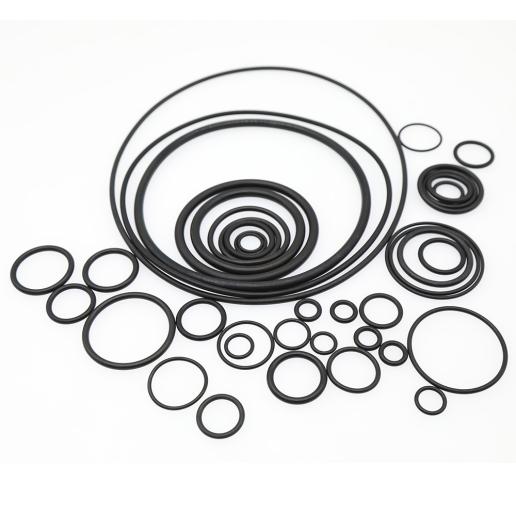
Compression Control
Maintain 15-30% compression ratio.
50% compression causes excessive friction and wear.
Example: Precisely calculate piston-cylinder gaps in hydraulic seals.
Twist Prevention
Match O-ring cross-section to groove dimensions.
Ensure grooves prevent operational twisting.
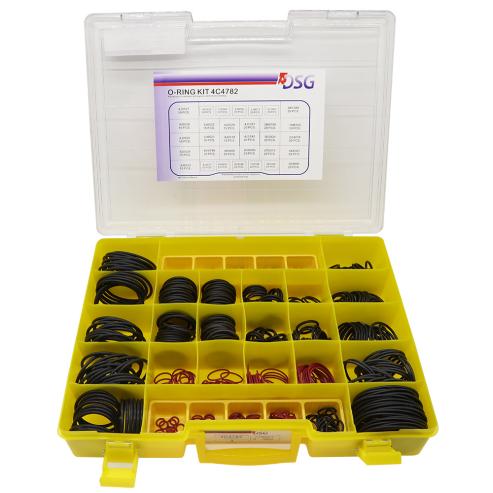
Pressure Management
Keep pressure within rated ranges (e.g., 10-20 MPa for small NBR O-rings).
Install pressure relief valves in high-pressure systems.
Speed Limitations
High reciprocating speeds increase friction heat and wear.
Select materials suited to motion speeds.
Guangzhou Jiarui Seals Co., Ltd.
Professional Manufacturer of O-rings for engineering machinery, such as Excavators, Loader, Bulldozer, Crane, Crushing Hammer etc.
Contact us for material selection and technical support.

